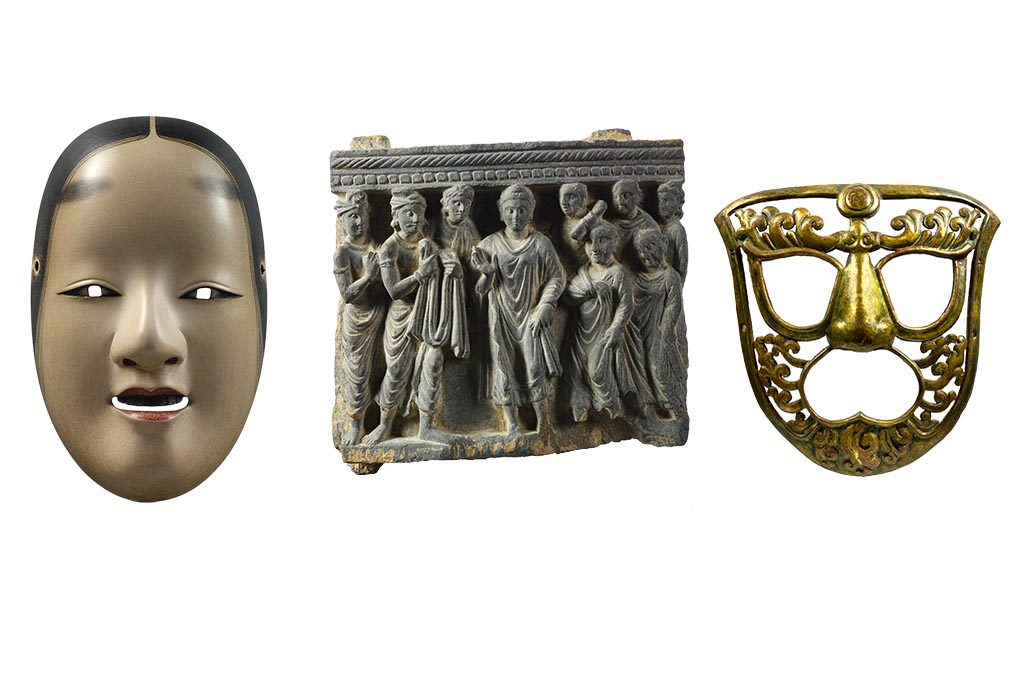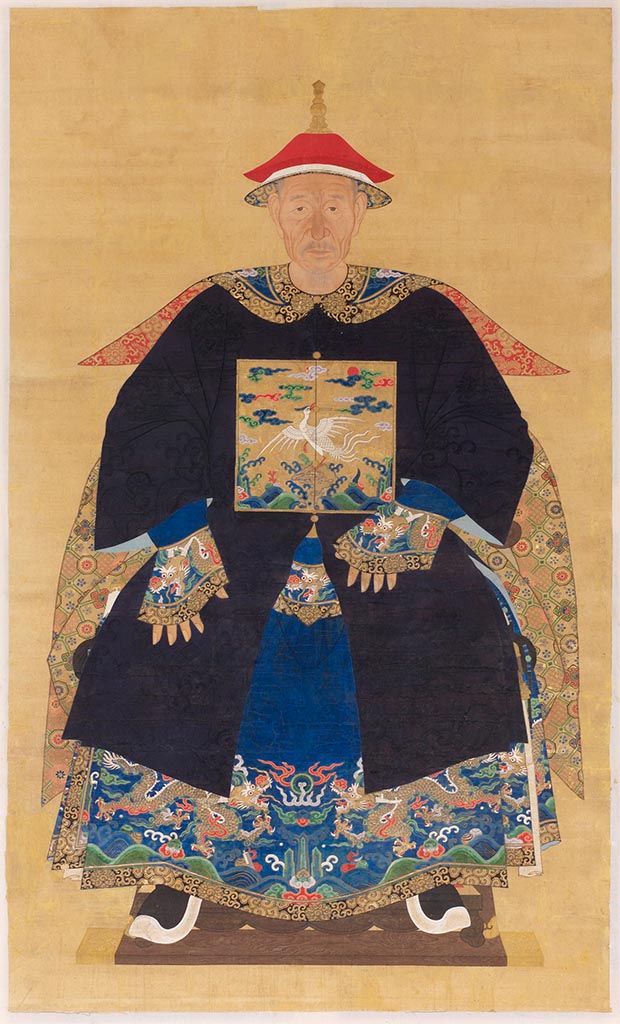
04 Feb NEW PROPOSALS FEBRUARY 2025
1.SIDE TABLE
China – Qing Dynasty
Huanghuali wood
Cm 106 by 35 by H. 83
Price on request
Recessed-leg side table with everted flanges and an apron with a frame-work of short pieces of wood. Huanghuali, with its amber color and delicate grain, is considered the finest of Chinese woods. This table is decorated on all four sides with short pieces of wood that compose a geometric pattern. Two side panels join the legs and give solidity to the structure without weighing it down; both are openworked, the upper one features a motif reminiscent of a bat and the lower one a cloud motif.
Similar examples: Connaisseurship of Chinese Furniture, plate B 101
2.BAKASURA (STORK) MASK
Nepal, Terai region
Early 20th century
Wood with traces of color
84 x 56 cm
Price on request
One of the characters in the Mahabarata is the stork Bakasura sent by the demon Kamsa to kill the child Krishna. This mask was worn on the head as a helmet during dances and performances of the Mahabarata.
Prov. coll. Eric Chazot
Published Ethnoflorence
3. SCENE OF DEVOTION AND OFFERING
Art of Gandhara
3rd century
Schist
Cm 23 x H. 19.5
Price on request
The frieze, with the blessing Buddha in the center, illustrates a devotional scene with various characters bringing offerings. Bald monks appear on the right, and above, beside Sakyamuni, is Vajarapani holding the vajra (scepter). On the left are portrayed three princes, of one with hands clasped but with the one in the center offering a long shawl to the Enlightened One. The figures are carved with particular grace, and the soft draperies of the robes accentuate their pleasant movement.
4. MASK OF KALACHAKRA DANCES
Tibet, 19th century
Embossed and gilded copper
Cm. 24 x H. 23
Price on request
In contrast to the richness and three-dimensionality of Tibetan wooden masks, the masks used during Kalachakra rituals are practically two-dimensional. The shape of the face is defined by the contrast between full and empty, and in the extreme stylization, only the flames around the eyes and mouth give substance to a mysterious form meant to introduce a powerful initiatory ritual. This particular type of mask is worn by monks during the Kalachakra ritual. The copper foil is embossed and then gilded with particular effectiveness according to the excellent quality of Tibetan embossing works.
5. FOUR ARMS AND HANDS OF STATUES OF DEITIES
Khmer Art, Cambodia
11th / 12th century
Stone
H. 27 to 54 cm.
Price on request
The long lower part of these limbs served as a support to connect the base of the statue to its arms in order to make them less fragile and prevent possible breakage.
6. MASK OF KOHIME
Japan
20th century
Cypress wood
Author: Takaksu Hirokazu
Price on request
Kohime is the mask of an elegant young woman with a gentle and serene expression. Despite being from the second half of the 20th century, the mask shows clear signs of use on the holes where the cords that attached it to the head passed through.
The Author is a famous sculptor of masks for Theater Noh born in 1941, as the seal carved on the back states.
7. COUPLES OF FEMALE FIGURES
South India
18th to 19th century
Bronze
H. cm 34 and 29
Price on request
It is a pair of deities or perhaps offerers (?) holding a lotus and a vase. The realism of the hairstyle of the statue on the right, with a voluminous bun, suggests a simple offerer, while the imposing headdress of the one on the left, with its chest covered with rich jewelry, rather suggests the image of a deity. The very elongated shape of the figures is reminiscent of those “thread-like” figurines from the Pudukotai area in the state of Tamil Nadu.
8. LIKE A MASTERPIECE OF JADE
China
Qing Dynasty (dated 1796)
Ink and Color on Silk
172 cm x 103 cm
Price on request
The humble and serene expression of the face, and particularly the lips stretched out in a hint of a smile, refer to the profound wisdom of this official, and the benevolent gaze confirms his availability to anyone who seeks his advice, thus demonstrating his altruistic nature. The reference to jade is a clear reference to the virtues of this stone. The face is strongly characterized and the court costume, with the superb mandarin square, is simply magnificent. (Excerpt from my catalog, “Glances from the Past” at page 32)
In a separate part of the painting this poetry is seing:
Being taciturn and honest to a fault
Is an innate virtue of your character.
In public office you serve everyone
like family and friends,
As if it were a common attribute demanded of any good man.
Such integrity will reward you generation
after generation.
May you be blessed with good health and longevity.
In time there never was and never will be
such a masterpiece of jade as you.
(Homage from Zhang Konghui to his Uncle)
9.TWO SKULLS AND A HEAD
Tibet
19th century
Embossed and gilded copper
H. 22 cm
Price on request
These two superimposed skulls and a small head were probably part of a Khatvanga, a Tibetan ritual staff consisting of a metal rod on which were strung, from below a vase, a double vajra and three heads. It can be considered a “magic wand” of shamanic tradition associated with Padmasambhava, the powerful exorcist who in the 8th century spread Vajarayana Buddhism in Tibet.









































No Comments